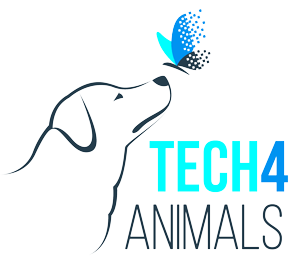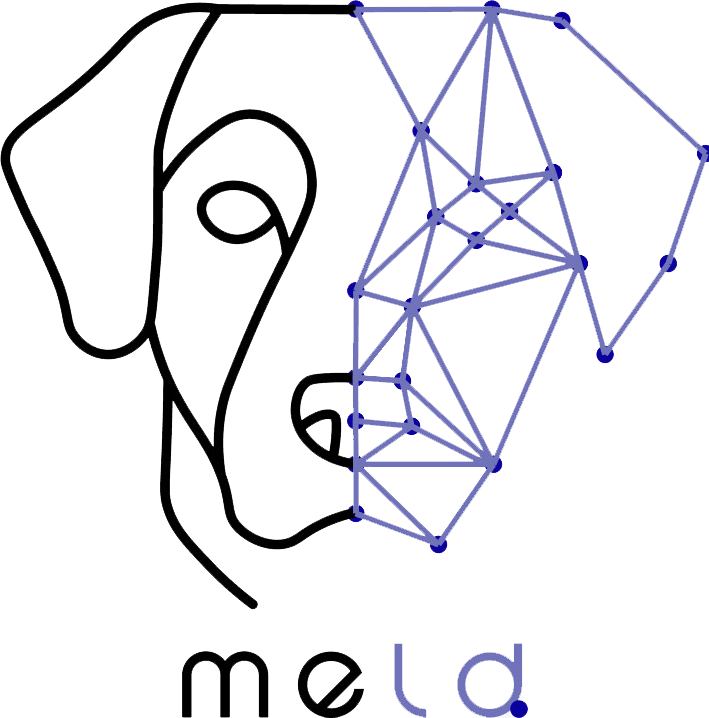This paper introduces a novel segment-based framework for enhancing the explainability of deep learning models in animal affective computing, a field that uses technology to understand animal emotions. The core challenge addressed is the “black box” nature of deep learning, which makes it difficult to understand why a model makes a particular decision, hindering trust and adoption among researchers. The proposed framework focuses on evaluating visual explanations, specifically saliency maps, by quantifiably assessing how well they align with biologically meaningful semantic parts of an animal, such as eyes, ears, and mouth. Through case studies on cat pain, horse pain, and dog emotions, the authors demonstrate how this framework can provide quantifiable insights into which facial regions are most important for a classifier’s decision, revealing that the eye area consistently holds the most significance. Ultimately, this framework aims to bridge the gap between complex AI models and expert knowledge, fostering both validation of known indicators and the discovery of new ones in animal behavior.
Non-Invasive Computer Vision-Based Fruit Fly Larvae Differentiation: Ceratitis capitata and Bactrocera zonata
This paper proposes a novel, non-invasive method using computer vision

